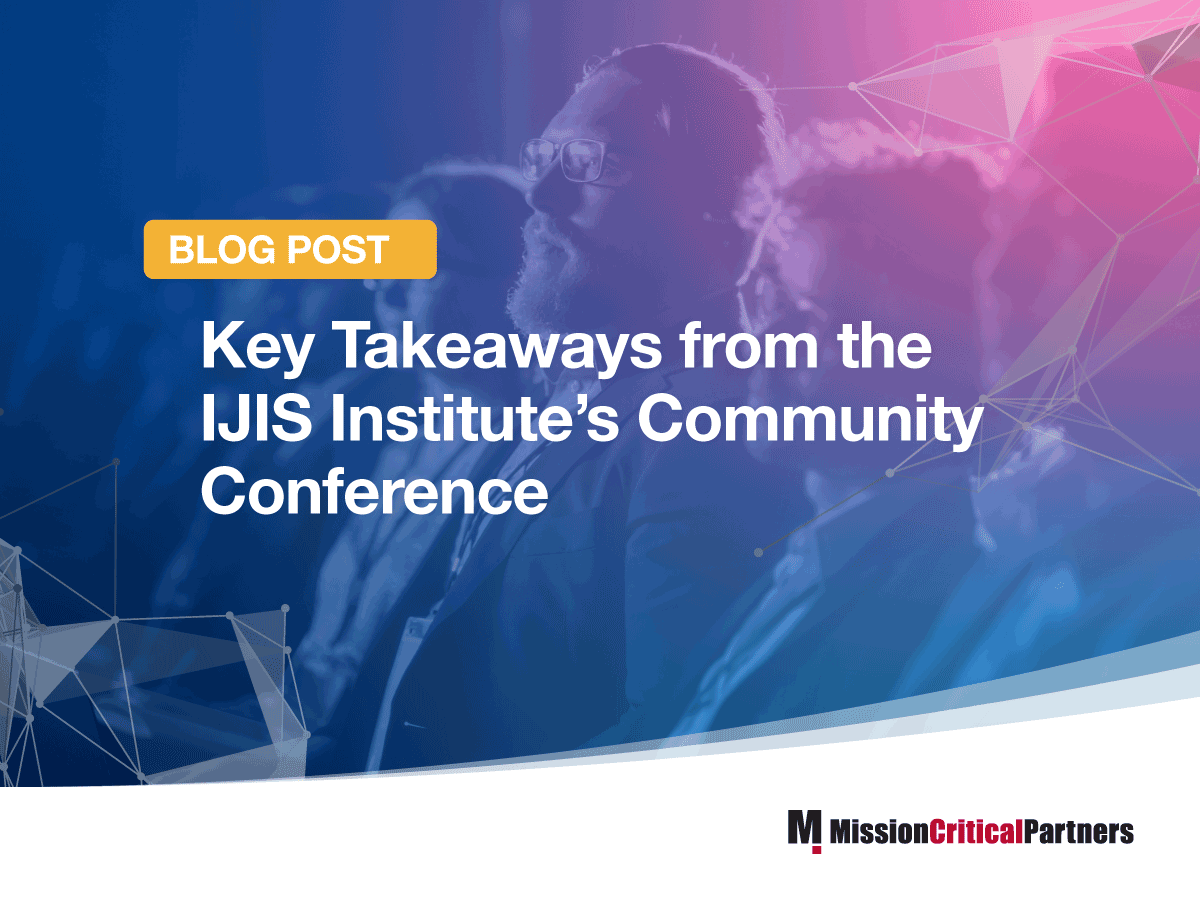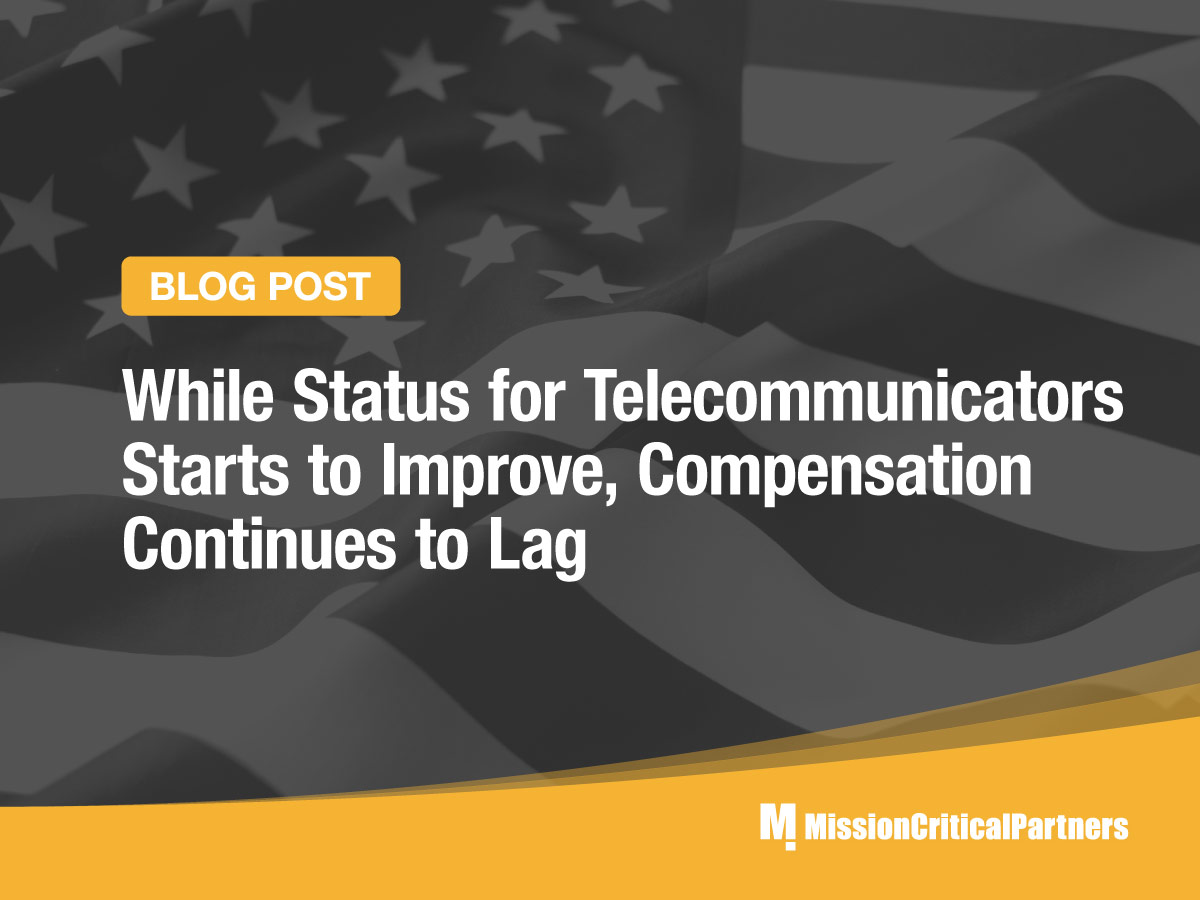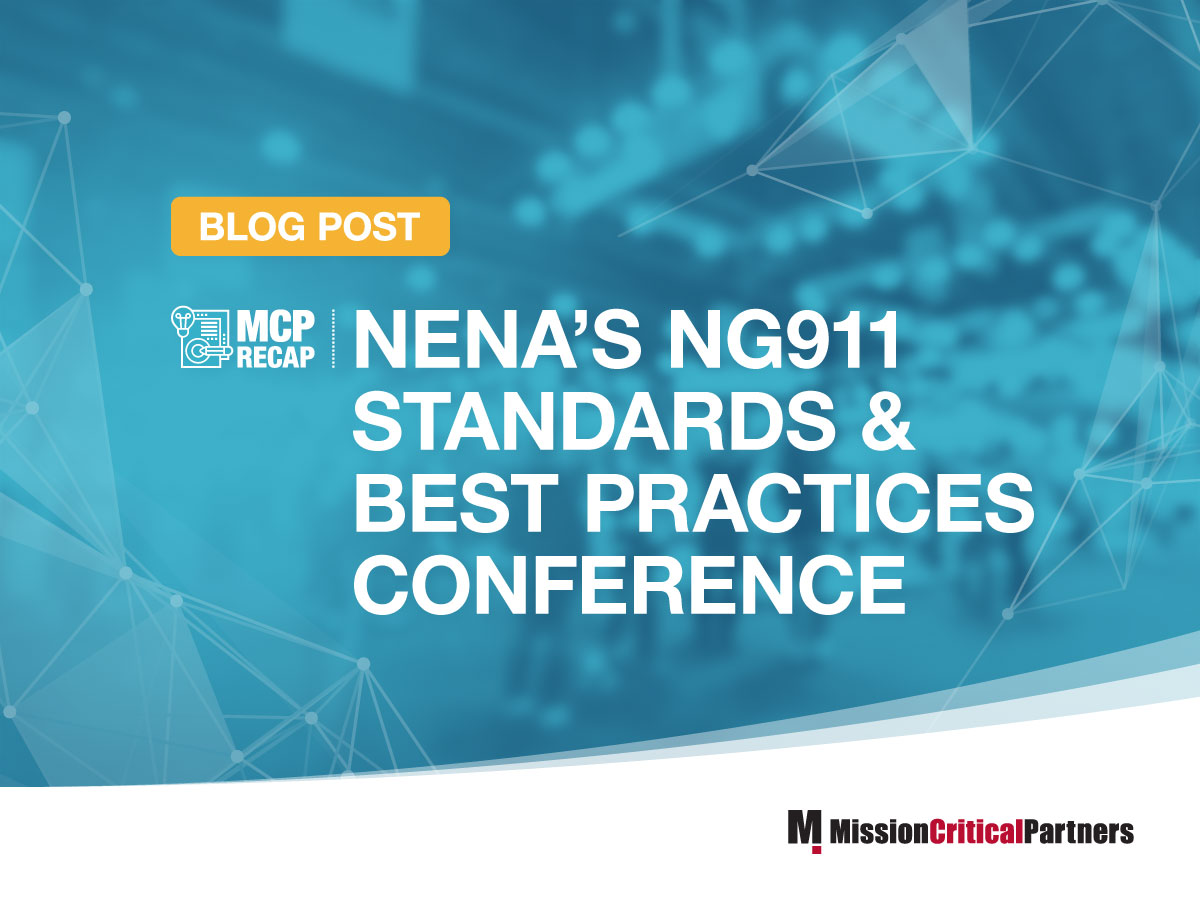Key Takeaways from 2023 APCO — Wrap Up
Last week, MCP subject-matter experts blanketed the Association of Public-Safety Communications Officials (APCO) conference in Nashville. This final blog of a three-part series wraps up what they learned. Read more key takeaways in last week’s blogs Part 1and Part 2.





.jpg)








